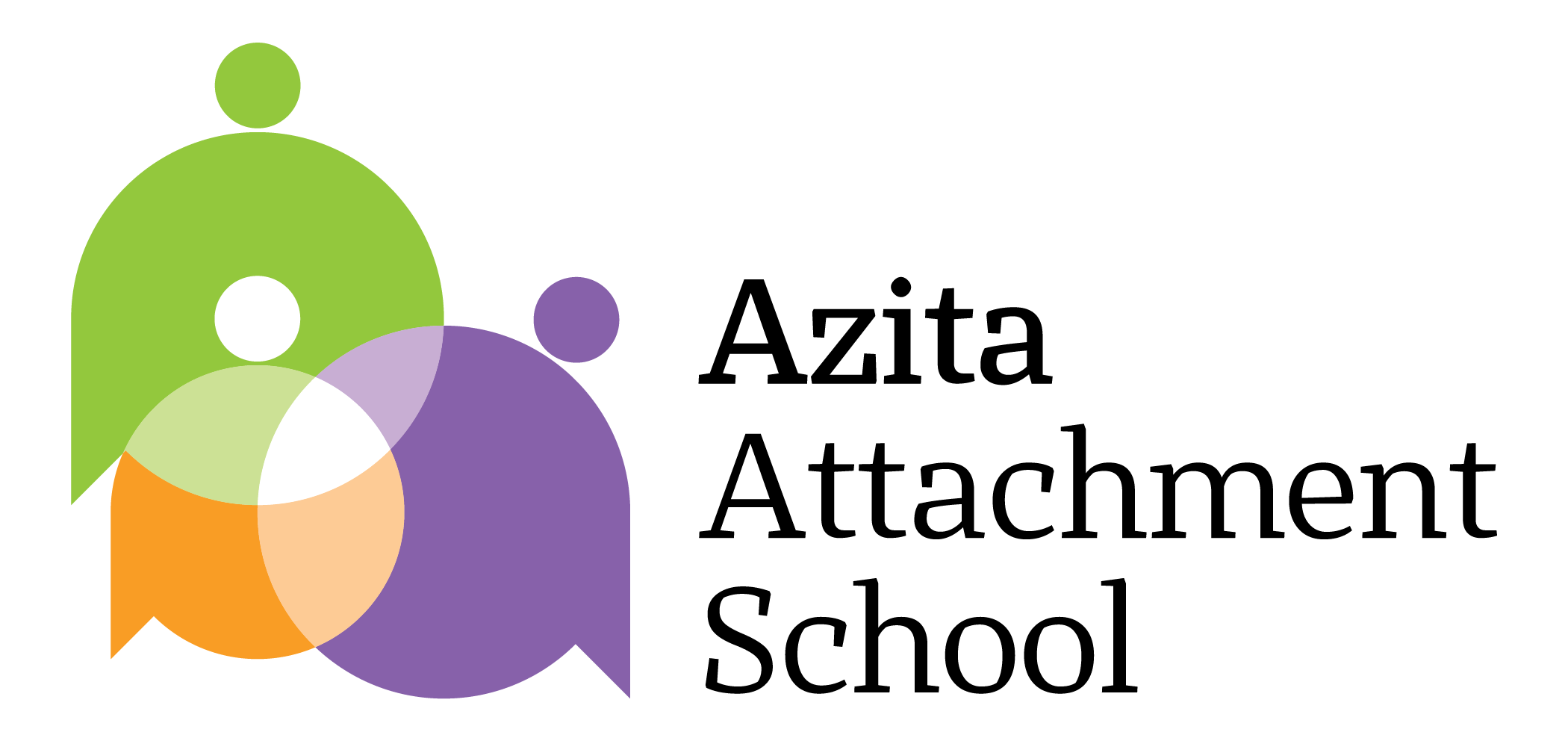How does attachment shape teenage behavior? Discover the science behind emotional connection, real-life examples, and practical tools for parents navigating adolescence.
Introduction
Adolescence often feels like a battlefield—emotional outbursts, rebellion, withdrawal, and endless conflict. But beneath these behaviors lies a deeper truth: teenagers act out not because they stop needing parents, but because they fear losing connection while seeking independence.
Attachment theory explains that the same emotional bond formed in childhood evolves during adolescence. Teens don’t want less connection; they want connection without control.
The Role of Attachment in Adolescence
Dr. John Bowlby, founder of Attachment Theory, emphasized that:
“The adolescent’s struggle for independence occurs within the continuing need for emotional security.”
When parents respect autonomy but remain emotionally available, teens develop confidence and resilience.
Research Insights
- Frontiers in Psychology (2025): Teens with secure attachment are 47% less likely to engage in risky behaviors.
- Cassidy & Shaver (2016): Insecure attachment correlates with anxiety, depression, and aggression.
- APA (2023): Emotional connectedness in adolescence predicts long-term mental health.
- Neuroscience Research (2024): Secure parent–teen interaction enhances prefrontal cortex development and decision-making.
Types of Attachment and Behavioral Outcomes
Attachment Style | Traits | Behavioral Impact |
Secure | Trust, openness | Responsibility, balance |
Avoidant | Emotional distance | Withdrawal, indifference |
Anxious–Ambivalent | Fear of rejection | Anger, dependency |
Disorganized | Trauma-related confusion | Impulsivity, self-harm |
Case Study
Niloufar, age 16:
Her frequent anger toward her mother masked deep mistrust. Growing up with an emotionally unavailable parent, she learned that closeness equals vulnerability. Through coaching, her mother shifted from control to connection—listening without judgment.
Months later, Niloufar said: “When Mom stopped trying to fix me, I finally trusted her.”
Why Teens React Strongly
- Desire for independence yet fear of abandonment
- Feeling misunderstood or judged
- Overcontrol from parents
- Unresolved childhood anxiety
Step-by-Step Parental Interventions
- Rebuild trust through nonjudgmental dialogue.
- Practice active listening—hear emotions beneath words.
- Validate feelings without endorsing behavior.
- Keep boundaries firm but kind.
- Work on your own regulation—your calm is their compass.
Role of Mothers and Fathers
Studies show that maternal attachment fosters emotional support, while paternal attachment strengthens autonomy and social exploration. Both are essential for a teen’s balanced identity.
Communication Tips
Replace “Why did you…” with “Help me understand what happened.”
Use “I” statements instead of “You always…”
Avoid lecturing during emotional storms.
Sometimes silence and presence speak louder than advice.
Conclusion
Adolescence tests the strength of attachment. Parents who stay steady—not perfect, but emotionally available—teach their teens that love can survive conflict.
Secure attachment at this stage means:
“You’re free to go explore—but I’ll always be here when you return.”
References
- Cassidy, , & Shaver, P. (2016). Handbook of Attachment.
- Frontiers in Psychology (2025). Parent–Child Attachment and Adolescent Behavior.
- APA (2023). Adolescence and Emotional Security Report.
- Siegel, D. (2015). Brainstorm: The Power and Purpose of the Teenage Brain.
- Bowlby, J. (1982). Attachment and Loss.


